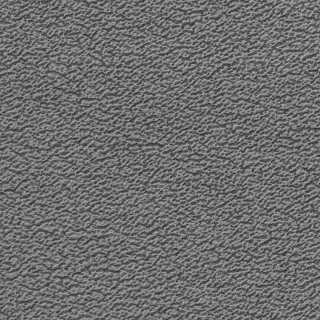There's nothing like a good morphological problem, especially in a condensable terrain (as in the HiRISE image above). While I've been vacationing on Pluto, Giang has been investigating polar cap surface textures on Mars. He presents his results, thus far, this week here at LPSC and is hoping to gain insight on the patterns he sees in conversation with other martian geomorphologists. Make sure to drop by his poster for an interesting discussion!
By T. Giang Nguyen
As the Lunar and Planetary Science Conference (LPSC) creeps up on my calendar, I grow more and more anxious to show off work on my most recent and still ongoing project. I have been tasked with analyzing the surface of Mars Northern Polar Cap hoping to find any trends or pattern present on the cap.
By finding any patterns embedded on the surface of Mars, I
anticipate that examining these surface features may give insights into
the inner workings of the Martian atmosphere. For example, if I happen to find
features that resembles dunes, investigating that may allow me to infer various
properties of the wind such as its direction or prevalence. The northern polar
cap is interesting because of the ice, either carbon dioxide or water, that is
deposited onto the surface which allows for interesting surface features and
atmospheric conditions that created the features.
I first start by scouring through images from High
Resolution Imaging Experiment (HiRISE) as their resolution can show small
features as small as 10m. By looking for small features within 20 m in size, it
might be possible to see if the melting and sublimation of the ice by the sun
can carve out specific patterns along the Martian surface. As I run through the
HiRISE images, I then crop out smaller frames that appears to have a consistent
pattern for further analysis. The analysis isn’t complicated as I only measure
the spacing of the features as well as finding any direction in the strike of each feature.
The spacing of the feature is determined by performing a
Fourier transform. The principle behind it is that we first treat the feature
as if it was a wave and then we simply find the most prominent frequency.
Finding prominent frequencies require us to compare the frame being analysed
with another frame randomized with the same brightness. By
distinguishing features from their randomized counter-part, this would
ultimately suggest that these features are not created randomly and that there
should be a reason why we observe these features with this specific spacing.
As I build a catalog of the features that I have seen, I
realize that there is a wide range of features scattered across Mars’ Polar
Cap. I’ve found features similar to dunes on earth to foreign patterns that I
couldn’t even imagine what they would look like if I was on the surface of
Mars. When I tried to see if there was a tendency for feature spacing or
orientation to behave a certain way as I move up and down the polar cap, the
data I’ve gotten was a mess. Not to be dismayed, I would then categorize
features into subsets that has certain qualities hoping that some patterns may
arise. If I choose my subsets carefully, they may each correspond to different formation mechanisms.
There were sets of features that seem to be formed by the
wind. These sets orient themselves fairly close to the katabatic winds that tend to
flow from north to south frequently blowing across the troughs of the Mars’
northern polar cap. But others were not aligned with the winds. On earth, surface features driven by melting and sublimation of ice
tend to have an east-west direction due to the workings of the earth’s orbit.
Finding this east-west tendency of any feature found on Northern Mars may
suggest that the same mechanics are possible on Mars. I did my best to document
most the useful stuff for LPSC where I’m hoping other experts on Mars can help
me determine the source behind these surface features. By determining how these
features are made, it would give me insight on various atmospheric
processes specific to Mars and further my research on the Martian atmosphere.


No comments:
Post a Comment